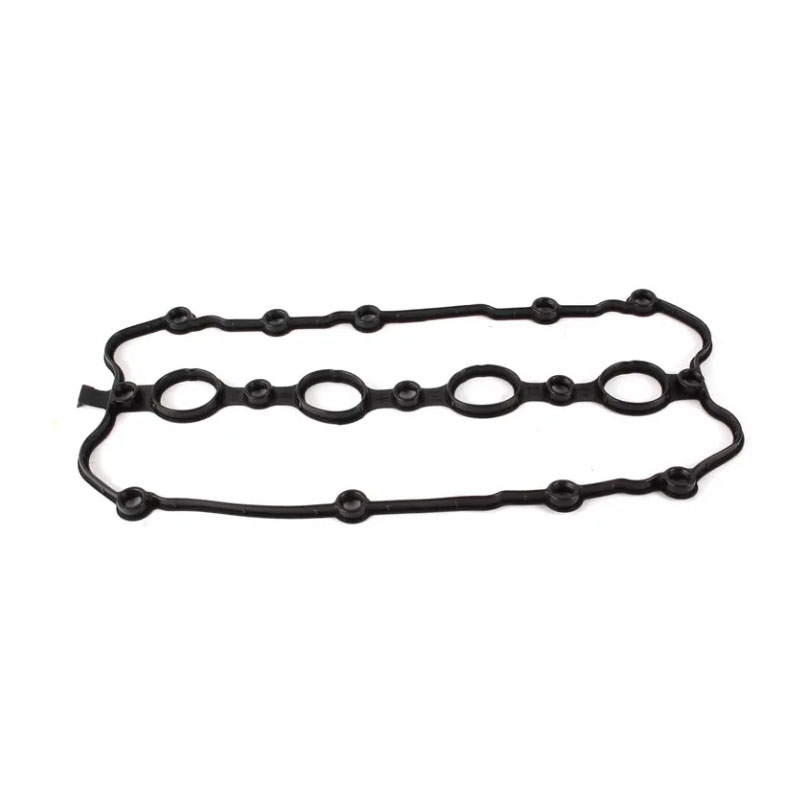Exploring the Importance and Applications of Oil O Ring Seals in Various Industries
Understanding Oil O-Ring Seals Function, Applications, and Importance
When it comes to ensuring the integrity and efficiency of mechanical systems, O-rings are vital components that play a significant role in sealing applications. Among these, oil O-ring seals are particularly important due to their unique properties and capabilities designed for use in environments where oil and other lubricants are present.
What Are O-Rings?
O-rings are round, elastomeric seals that are shaped in a circular cross-section, resembling the letter O. They are typically made from a variety of materials, including rubber, silicone, and fluorocarbon compounds. The primary function of an O-ring is to provide a seal at the interface between two surfaces, preventing the escape of fluids or gases and protecting the system from contamination.
Why Oil O-Rings?
Oil O-ring seals are specifically formulated to endure the challenges presented by oil-based environments. Unlike standard O-rings, which may deteriorate or lose effectiveness when exposed to certain petroleum products or high temperatures, oil O-rings are designed with materials that possess excellent resistance to oil degradation, swelling, and heat. This makes them suitable for applications ranging from automotive engines to hydraulic systems.
Applications of Oil O-Ring Seals
The versatility of oil O-ring seals allows them to be utilized in various industries, including
1. Automotive In vehicles, oil O-rings are commonly found in engine components, transmissions, and fuel systems. They help to maintain the proper function of lubricants, preventing leaks that can lead to reduced performance or costly repairs.
oil o ring seals

2. Industrial Machinery Many machines rely on oil for lubrication and cooling. Oil O-rings seal hydraulic cylinders, pumps, and valves, ensuring efficient operation and prolonging the lifespan of these critical components.
3. Aerospace In aerospace applications, the reliability of each component is crucial. Oil O-rings are employed in engines and fuel systems where they must withstand extreme temperatures and pressures.
4. Marine Applications Equipment used in maritime environments must resist not only oil but also saltwater exposure. Oil O-rings are essential in preventing leaks in lubrication systems on boats and ships.
Material Selection and Performance
Selecting the appropriate material for oil O-ring seals is critical to their performance. Common materials include nitrile rubber (NBR), which offers good oil resistance and is widely used in automotive applications, and fluorocarbon (FKM), which provides exceptional thermal stability and chemical resistance but comes at a higher cost. Temperature and pressure resistance are also significant considerations, as these factors can greatly impact the longevity and functionality of the O-rings.
Importance of Regular Maintenance
Even the best oil O-ring seals can fail over time due to factors such as wear, improper installation, or exposure to extreme environments. Regular maintenance checks and timely replacements are crucial to ensure the sealing performance remains intact. Neglecting to address worn O-rings can lead to oil leaks, reduced efficiency, and possibly catastrophic failures in machinery.
Conclusion
Oil O-ring seals are the unsung heroes in many mechanical systems, ensuring that everything runs smoothly and efficiently. Their capability to withstand the rigors of oil environments makes them essential for a wide range of applications, from automobiles to industrial machinery. By understanding their function, material properties, and importance, engineers and technicians can better appreciate and maintain these critical components, ultimately contributing to the longevity and reliability of various systems. Whether in everyday appliances or highly specialized machinery, oil O-rings are a fundamental aspect of modern engineering and technology.
-
Your Essential Guide to Car Repair Kits: From Rust to Dings
News Jun.13,2025
-
Understanding Vital Engine Seals: Key Gaskets in Diesel and Performance Engines
News Jun.13,2025
-
The Vital Role of Bearings in Marine and Boating Applications
News Jun.13,2025
-
Sealing the System: A Complete Guide to Engine Oil Gaskets
News Jun.13,2025
-
Sealing the Foundation: A Complete Guide to Engine and Transmission Pan Gaskets
News Jun.13,2025
-
Essential Bearings and Hubs for Marine Vessels and Trailers
News Jun.13,2025
-
Your Complete Guide to Automotive Oil Drain Plugs and Valves
News Jun.12,2025
Products categories















